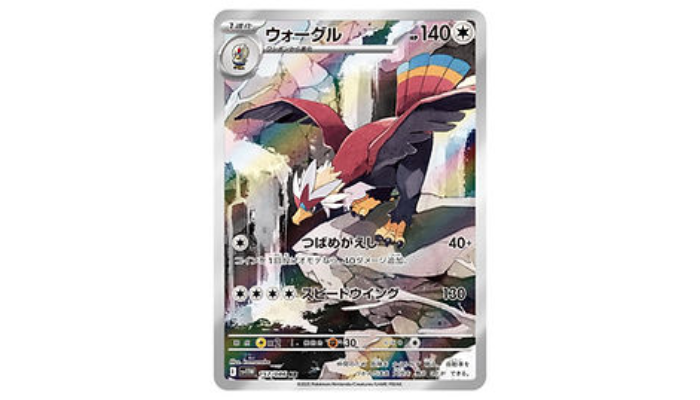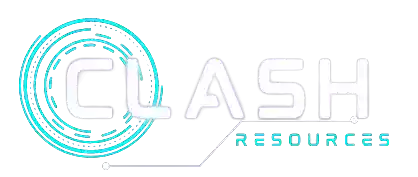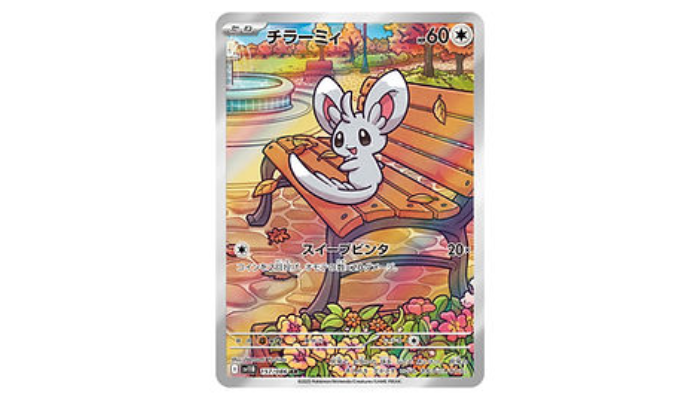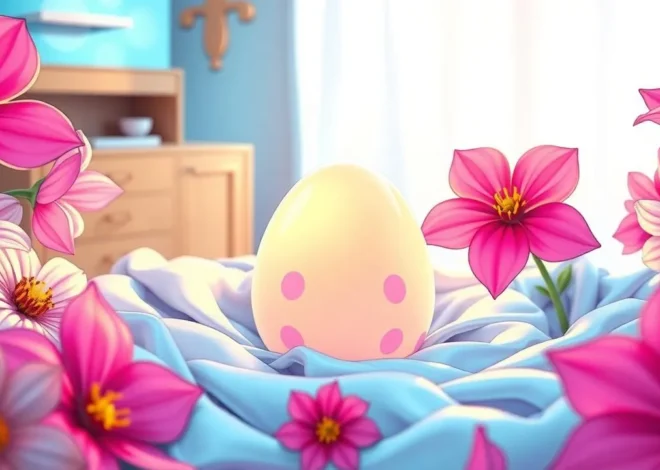
The Truth Behind Pokemon Booster Pack Odds
Understanding the odds of obtaining cards in Pokémon booster packs is quite interesting for both collectors and players. Pull rates, which reflect how often players can expect to find certain card rarities, are generally not disclosed by The Pokémon Company. Instead, the community gathers data from numerous pack openings. For instance, recent sets show that Ultra Rares appear roughly 1 in 6 packs while Full Art Trainers are about 1 in 30 packs. This unpredictability adds excitement but also challenges expectations. Many fans suggest treating these openings more as entertainment than a guaranteed way to get the desired card, fostering a shared enjoyment among enthusiasts.
1. What Are Booster Pack Pull Rates?
Pull rates are the unofficial odds of getting specific rarity cards from pokemon booster packs in trading card games like Pokémon. These rates are significant for both collectors and players, as they help gauge the likelihood of finding valuable cards. Since the Pokémon Company does not publish these statistics, the community collects data through extensive pack openings and shared experiences to estimate pull rates.
Calculating pull rates involves tracking the number of packs opened and the types of cards pulled. For example, if 600 packs are opened and 100 Ultra Rares are found, the pull rate for Ultra Rares would be about 1 in 6 packs. Unofficial statistics play a crucial role in understanding these odds, as they reflect real-world experiences rather than just theoretical expectations.
Pull rates can differ significantly across various Pokémon sets, with some sets featuring higher odds for certain cards. Factors like print runs and rarity levels can influence these rates. For instance, recent sets may have different rates for Trainer cards compared to Pokémon cards, often reflecting the card’s demand and popularity.
The popularity of a set can also impact pull rates; more sought-after sets might have adjusted odds to balance demand. Collectors can track their personal pull rates by keeping records of their openings and sharing this data with the community, helping to build a more comprehensive understanding of the odds. However, it’s important to note common misconceptions about booster pack odds, such as the belief that all packs within a box have the same pull rates, which is not always the case.
- Definition of pull rates in trading card games
- Importance of pull rates for collectors and players
- How pull rates are calculated by the community
- The role of unofficial statistics in understanding pull rates
- Comparison of pull rates across different Pokémon sets
- Factors affecting pull rates, such as print runs and rarity levels
- Variations in pull rates by card type, such as Trainer cards and Pokémon cards
- The impact of set popularity on pull rates
- Tips for tracking and sharing personal pull rates
- Common misconceptions about booster pack odds
2. General Pull Rates for Recent Sets
In recent Pokémon sets, pull rates show interesting trends that collectors should be aware of. For example, Ultra Rares such as EX and VMAX cards can typically be found in about 1 in 6 packs. Full Art Trainers are a bit harder to come by, appearing roughly 1 in 30 packs, while Special Illustration Rares are around 1 in 40 to 50. Secret Rares, which include the coveted Gold and Hyper Rare cards, can be as rare as 1 in 60 or more packs. These statistics reveal a mix of excitement and frustration for collectors, who often rely on luck when opening packs.
When comparing pull rates across various expansions over the last few years, it’s clear that set design plays a significant role. Some sets have introduced more Ultra Rares or special cards, while others might focus on a broader range of lower-rarity cards. For instance, the Pokémon 151 set has specific rates: Hyper Rares appear 2.86% of the time, while Rare Holos are much more common at 38.43%. This variability can influence how collectors approach their purchases.
The community often shares insights and experiences, leading to a consensus on pull rates. Many collectors find that the thrill of rare pulls is a highlight of the hobby, contrasting sharply with more common cards. With the rise of online data tracking, awareness of these pull rates has increased, helping collectors make informed decisions. The significance of promotional cards also cannot be understated, as their rarity adds another layer of excitement and desirability in the market.
Ultimately, pull rates greatly influence buying decisions for collectors, shaping their strategies when it comes to acquiring specific cards. The allure of rare pulls often drives the excitement of opening booster packs, making each pack-opening session feel like a mini-adventure.
3. Specific Statistics from Recent Sets
In recent sets like Pokémon 151 and Journey Together, the pull rates vary significantly, reflecting the excitement and unpredictability of opening booster packs. For Pokémon 151, which was released on September 22, 2023, the statistics show some interesting insights. The pull rates include Hyper Rares at 2.86%, Special Illustration Rares at 3.57%, and Ultra Rares at 6%. Additionally, Illustration Rares are found in 7.71% of packs, while Double Rare Holos appear in 13.29%. Rare Holos make up a significant 38.43% of pulls. In comparison, the Journey Together set shows that the chances of pulling a hit drop to about 16% per pack without premium products. This stark difference illustrates how specific sets can have varying rarity distributions, which can greatly influence collector strategies.
Data from large pack openings provides a clearer picture of these odds, reinforcing that while some cards are easier to find, others, especially high-value cards, are much rarer. For example, a sought-after card may have a pull rate of 1 in 100 packs, making it a true treasure for collectors. Also, insights from the community suggest that digital packs can have different pull rates compared to physical packs, adding another layer of complexity to the collecting experience.
The demand for specific cards can also affect pull rates, with popular cards often being harder to find. Special editions or promotional sets tend to skew these statistics further, as they may include unique cards with different rarity levels. Based on current trends, future predictions suggest that pull rates may continue to shift, influenced by collector demand and upcoming set releases.
4. Understanding Variability in Pull Rates
Variability in pull rates for Pokémon booster packs can be influenced by various factors. For instance, booster boxes tend to have more consistent pull rates compared to individual packs, which can lead to more unpredictable outcomes. Sleeved packs often yield chaotic results, making it difficult to forecast what you might get. Elite Trainer Boxes (ETBs) fall somewhere in between, generally providing a decent balance of expected hits.
The size of the set also plays a significant role. Larger sets usually mean a wider distribution of cards, making it harder to find specific rarities. This randomness is part of the thrill, but it also means that not every pack is going to deliver the same experience. Manufacturing processes can further complicate things. Variations in how the cards are printed and packed can lead to fluctuations in what cards you receive.
Different types of cards also have varying pull rates. For example, special or limited edition products often have unique odds that can shift dramatically from standard sets. Collectors have developed strategies to maximize their chances of getting valuable cards, such as focusing on bulk purchases or trading with other players. However, at the end of the day, the luck factor can’t be ignored, pack openings can sometimes feel like a game of chance, where even seasoned collectors find surprises.
Community experiences serve as a reminder of this variability. Many collectors share stories of both incredible pulls and disappointing outcomes, emphasizing that while statistics can offer guidance, the actual experience can vary widely. This unpredictability is part of what keeps the hobby exciting.
5. Community Insights and Experiences
Collectors often share their personal experiences with pull rates, and these stories can vary significantly. Many in the community emphasize that while statistics can offer a guideline, the thrill and unpredictability of pack openings add a unique element to the experience. For instance, some collectors have reported opening several packs without finding a single Ultra Rare, while others might pull multiple high-value cards in just a few packs. This inconsistency creates a dynamic environment where luck plays a huge role, leading many to treat these openings more as entertainment than a guaranteed way to get specific cards.
Community forums and social media platforms have become essential for sharing insights and experiences. Collectors frequently discuss their latest hits, with anecdotes ranging from the joy of pulling a long-sought-after card to the disappointment of getting duplicates. The emotional aspect of opening packs cannot be understated; the excitement of revealing a card can foster a sense of shared experience among collectors, especially when a surprising pull occurs.
YouTube and streaming platforms have also influenced perceptions of pull rates. Many content creators showcase their pack openings, which can shape how viewers perceive the odds. While some enjoy watching these videos for the thrill, others may inadvertently feel pressure to replicate the successes seen online, potentially skewing their expectations.
Moreover, community events like tournaments or local meet-ups can enhance these shared experiences, providing a space for collectors to bond over their journeys. While debates often arise about the reliability of anecdotal evidence versus statistical data, the importance of sharing personal stories remains vital in the Pokémon TCG community. Each collector’s journey offers a unique perspective, enriching the overall understanding of pull rates and the joys of collecting.
Frequently Asked Questions
What are the odds of pulling a rare card from a booster pack?
The odds of getting a rare card can vary, but generally, you’re looking at about a 1 in 5 chance or so. It depends on which set you’re opening, as each set has different odds.
Why do some people get better cards than others in booster packs?
It all comes down to randomness. Each pack is sealed, and the cards inside are like a lottery. Sometimes, someone just gets lucky and pulls great cards, while others may not.
How can I improve my chances of getting a better card?
Unfortunately, there’s no surefire way to guarantee better cards. However, buying from specific sets known for higher pull rates and tracking trends in the community might help you make better choices.
Do all booster packs have the same odds for rare cards?
Not really. Different sets may have different odds, which means some booster packs might be better than others when it comes to rare cards.
Can the booster pack size affect the odds of getting rare cards?
In most cases, the size of the pack itself doesn’t affect your odds. It’s more about the distribution and rarity within that specific set.
TL;DR This blog post explores the pull rates of Pokémon booster packs, revealing general odds like 1 in 6 packs for Ultra Rares and 1 in 60+ for Secret Rares. Specific stats from recent sets are highlighted, showing variability based on factors like booster boxes versus individual packs. Community experiences underscore that while statistics provide guidance, actual outcomes can vary, making it essential to approach booster pack openings with realistic expectations. Collectors are encouraged to consider buying singles instead of relying solely on packs.




